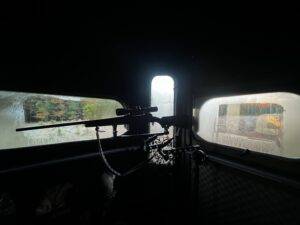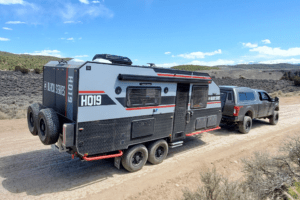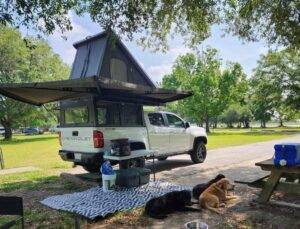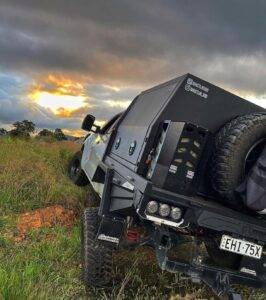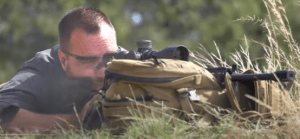
For hunters, spotting prey can be a challenge especially in certain types of terrain such as mountain sides. That is where a spotting scope comes in. A spotting scope is a special type of telescope that can be used to view objects at far greater distances than ordinary binoculars can achieve.

When using the normal magnification lens found in binoculars, the images may lack clarity even while they are visible. Spotting scopes come with stronger lens that go beyond the normal 7x or 10x magnification. Usually they can offer up to 250x magnification.
There are basically two main types of spotting scopes. Angled spotting scopes and straight spotting scopes. With the straight variety, the eye piece and barrel are straight or parallel. The angled spotting scope eyepiece is set 45 degrees from the barrel. There are benefits to each type as we shall see below.
The straight spotting scope makes it easier to look at animals or objects on the ground. There is less pressure andstrain to your neck since you will be observing from a level position. The tripod is usually tall enough to facilitate this.
The angled spotting scope is best for observing animals at elevated positions. They offer a good choice for multiple people of varying heights.
Setting up a Spotting Scope
There are a few procedures that one needs to follow in order to set up the spotting scope. They will often come with user manuals. Let’s look at this procedure in detail.
- Unlock the tripod legs and extend them to your preferred height then lock them in place with the tripod levers.
- In instances where you are not on level ground, ensure each leg of the tripod is securely on the ground in its own position all while maintaining the correct height.
- Sometimes you may require extra weight to hold the tripod down. If there is a hook underneath, use it to attach your bag. This will keep the tripod firm and steady
- Remove the spotting scope from its case.
- Most tripods either come with a mounting plate or adapter. Fit the spotting scope on it and adjust according to the available mechanisms. Normally the mounting procedure is laid out on the manual.
- With the scope on the plate, it’s time to place it onto the tripod. Most have a mechanism that requires a quick slide until you hear a click.
- To remove it, there’s usually a button which unlocks the plate.
- For extra height, there is a neck extension that you can extend and lock when you have acquired the right height.
Tilting the Scope
This is just another fancy word for moving the scope to focus on an object or animal that is far away. When tilting, ensure you do not move the spotting scope. There is usually a handle for this function. tilt lock handles need to be unlocked first to enable movement.
Focusing on The Target
To begin using the spotting scope, ensure that all covers are taken out. Whether it’s the stay on cover on the eyepiece or the lens, these need to be removed.
Now it’s time to focus on the target. You will need to start at the lowest magnification and slowly work yourself up. Adjust for brightness, clarity of image as well as a large field of view.
The sun can obstruct the image. Ensure the spotting scope is well positioned. You can make use of the sun shade that comes built in with newer models.
You can opt to make use of binoculars while scanning the terrain for animals. If you did not carry them, this is not a problem. You can still make use of the pan handle to move the scope.
When you finally spot your target, adjust magnification and clarity using the focus controls until the image is sharp and clear.
Using a spotting scope may sound complicated but as with anything else, once you get the hang of it, it becomes very easy to operate. The greatest advantage of using the spotting scope to find targets is the level of magnification that it offers. Unlike with the binoculars, you are able to find prey that is hundreds of yards away.
Article Written By; Eric John
Author
Eric John is the founder of LifeUnderSky.com. This blog focuses on hunting/shooting/survival. As in his experienced, He will guide you through the Do’s and Don’ts of the hunting world and transform you into a better hunter. Whether you are an experienced hunting or an absolute beginner, you will find a gem!

